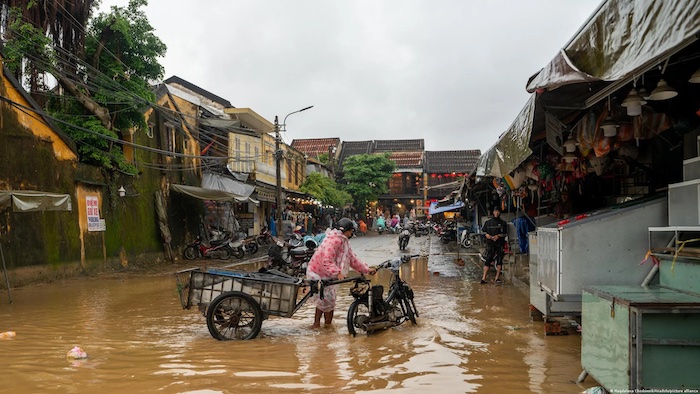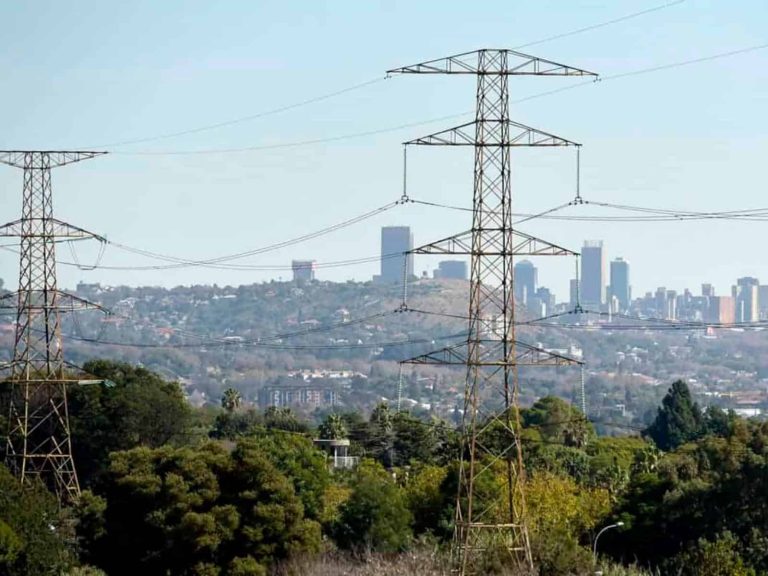
Relentless torrential rains and widespread flooding have claimed at least 41 lives in central Vietnam since the weekend, with rescue teams still searching for nine missing persons, according to state media reports. The severe weather event has plunged large parts of the country into crisis, submerging communities, crippling infrastructure and disrupting livelihoods.
More than 52,000 homes have been inundated, while half a million households and businesses have been left without electricity. Tens of thousands of people have been evacuated as authorities struggle to contain the unfolding disaster.
Rainfall levels in several areas have exceeded 1.5 metres within three days—surpassing even the notorious 1993 flood peak of 5.2 metres in some locations. This latest catastrophe comes on the heels of months of extreme weather, with two destructive typhoons—Kalmaegi and Bualoi—recently battering parts of the country.
Government estimates indicate that natural disasters have inflicted $2 billion (£1.5 billion) in damage between January and October alone.
The worst-affected areas include the coastal cities of Hoi An and Nha Trang, as well as the central highlands—home to Vietnam’s vital coffee-growing belt. In Dak Lak province, the country’s largest robusta coffee producer, tens of thousands of homes have been submerged.
Farmers, already grappling with delayed harvests caused by earlier storms, now face further setbacks. Vietnam is one of the world’s leading exporters of robusta coffee, the variety commonly used in instant coffee and some espresso blends.
Authorities warn that the severe weather will persist until at least Sunday. Military personnel and police have been deployed to provide emergency shelter and assist in mass evacuations. Several provinces have declared a state of emergency, with landslides destroying major roads and highways.
Traffic came to a standstill after part of the Mimosa Pass, a key access route to the tourist city of Da Lat, collapsed into a ravine. According to AFP, a bus narrowly escaped plunging into the gap.
Images from local media show residents stranded on rooftops as floodwaters surround their homes. One widely shared online video captures a suspension bridge in Lam Dong province being ripped from its anchors.
In Nha Trang, restaurant owner Bui Quoc Vinh described watching helplessly as his businesses were submerged by nearly a metre of water.
“I am worried about our furniture in my restaurants and shops, but of course I cannot do anything now,” he told AFP. “I don’t think the water is going to recede soon, as the rain has not stopped.”
Earlier in November, Typhoon Kalmaegi left at least five people dead along Vietnam’s central coast, destroying homes and infrastructure. The storm had already killed 188 people in Cebu, Philippines, before reaching Vietnam. Two months earlier, Typhoon Bualoi claimed at least 11 lives when it slammed into the central and northern regions with winds reaching 117km/h (73mph).
Climate experts warn that the increasing frequency and intensity of these events are linked to climate change, which continues to amplify extreme weather patterns across Southeast Asia.
As Vietnam braces for more rain in the coming days, authorities are urging residents in vulnerable areas to relocate to higher ground, while emergency teams race against time to rescue those still trapped or missing.
Melissa Enoch



